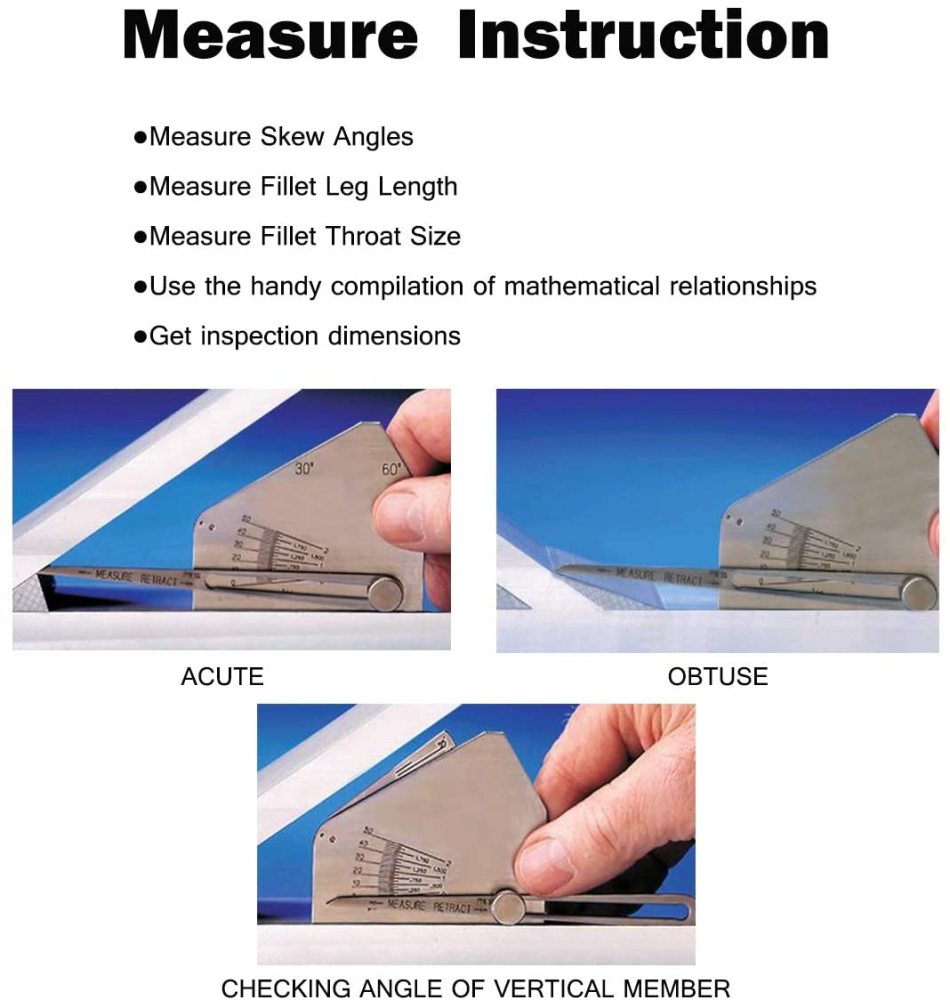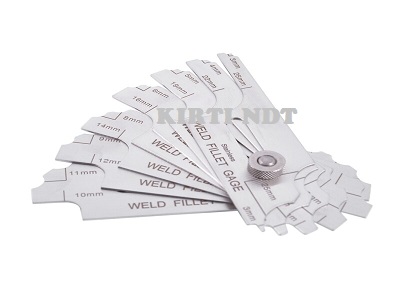Gauge Fillet Weld Explained: From Basics to Advanced Techniques
Checking Out the Benefits of Fillet Welding in Fabrication: Affordable Solutions for Diverse Industries
In the world of fabrication, the usage of fillet welding provides an engaging proposition for markets looking for cost-efficient services without jeopardizing architectural honesty. The advantages of fillet welding extend beyond simple economic cost savings to encompass improved architectural efficiency, flexibility across varied commercial applications, and the guarantee of superior strength and sturdiness. As we browse via the sensible advantages that fillet welding offers, a deeper understanding emerges of how this welding technique can transform construction processes across different markets.

Cost-Effective Option for Construction
Fillet welding serves as an economical remedy in construction procedures, supplying both performance and longevity. This welding strategy entails joining two items of steel at an angle, creating a triangular cross-section. The simpleness of fillet welding makes it a prominent selection in numerous sectors, consisting of building and construction, auto, and production.
Among the essential advantages of fillet welding is its ability to reduce product and labor prices. By making use of fillet welds rather of other complex joint designs, suppliers can conserve cash on materials and production time. In addition, fillet welding calls for very little preparation contrasted to various other welding methods, further reducing fabrication costs.
Moreover, fillet welds supply exceptional structural strength, making certain the durability and resilience of the fabricated elements. The triangular shape of the weld disperses stress much more evenly, lowering the probability of joint failure (Gauge Fillet Weld). This architectural stability not just improves the overall high quality of the finished item however additionally minimizes upkeep and repair work prices in the long run
Boosted Architectural Effectiveness With Fillet Welding
Enhancing architectural effectiveness with the application of fillet welding techniques is a crucial facet of making sure optimal performance and durability in produced frameworks. Fillet welding plays a crucial duty in improving architectural efficiency by properly distributing tons and stresses throughout the welded joints. By developing a smooth transition in between the linked elements, fillet welds aid to improve the general toughness and stability of the structure.
Among the significant advantages of fillet welding in boosting structural effectiveness is its capacity to sign up with materials of varying densities. This flexibility enables for the building and construction of light-weight structures without jeopardizing on toughness. Additionally, the smooth profile of fillet welds minimizes stress focus, which can aid stop early failure of the bonded joints.
Furthermore, fillet welding enables the construction of intricate geometries with ease, offering designers with even more liberty in developing reliable and ingenious frameworks. By enhancing the style and placement of additional hints fillet welds, engineers can optimize the architectural performance of made parts, ultimately leading to cost savings and enhanced efficiency in varied markets.
Adaptability in Diverse Market Applications
With its capacity to satisfy a vast array of product densities and geometric complexities, fillet welding stands as a flexible construction method that finds applications across diverse sectors. One vital location where fillet welding succeeds remains in the manufacturing industry, where it is used in the manufacturing of hefty equipment, devices, and structural components. The automotive sector additionally gains from fillet welding, utilizing it in the assembly of vehicle structures, framework, and other crucial structures. In the building and construction area, fillet welding plays a crucial role in signing up with steel beam of lights, columns, and other architectural aspects. Additionally, the aerospace sector relies upon fillet welding for the manufacture of aircraft components, making sure stamina and durability in essential parts. Moreover, the oil and gas market utilizes fillet welding in the building of pipelines, platforms, and storage containers, where the durable welds give honesty and longevity to these frameworks. Generally, the versatility of fillet welding makes it a crucial process in numerous industries, supplying affordable remedies for complicated manufacture requirements.

Superior Strength and Resilience
Fillet welding plays a crucial duty in accomplishing these attributes due to its capacity to supply substantial toughness by distributing loads equally across the bonded joint. As a result, frameworks produced using fillet welds display increased longevity and can stand up to significant mechanical pressures without jeopardizing their honesty.
The superior toughness and longevity used by fillet welding make it a suitable selection for applications Go Here in sectors such as construction, auto, aerospace, and manufacturing, where architectural integrity is extremely important. By utilizing fillet welds in manufacture, engineers and suppliers can ensure that their items fulfill strict top quality and safety criteria while maximizing cost-effectiveness and production effectiveness. Basically, the extraordinary strength and longevity offered by fillet welding make it a recommended welding technique for producing durable and durable frameworks across diverse markets.
Practical Advantages of Fillet Welding
Provided the shown exceptional toughness and toughness in welded joints, the functional benefits of fillet welding prolong past structural stability to incorporate effectiveness and cost-effectiveness in this content fabrication procedures. Furthermore, fillet welding permits for boosted productivity due to its adaptability in joining various types of products, shapes, and densities. Overall, the functional advantages of fillet welding make it a useful choice for firms looking for effective and economical solutions in construction.
Conclusion
In verdict, fillet welding provides a cost-effective service for manufacture, providing improved architectural efficiency, adaptability in varied industry applications, remarkable toughness, and resilience. The functional advantages of fillet welding make it a preferred option for numerous manufacture projects across different markets. Its capacity to efficiently join materials while preserving architectural honesty makes it a valuable method for making sure high-grade and dependable outcomes in welding applications.

Furthermore, fillet welding needs very little preparation compared to various other welding strategies, additionally lowering fabrication prices.
Provided the shown exceptional toughness and sturdiness in welded joints, the functional advantages of fillet welding prolong past architectural integrity to include performance and cost-effectiveness in construction procedures - Gauge Fillet Weld.In conclusion, fillet welding uses a cost-effective option for fabrication, supplying boosted structural effectiveness, convenience in diverse market applications, premium strength, and toughness